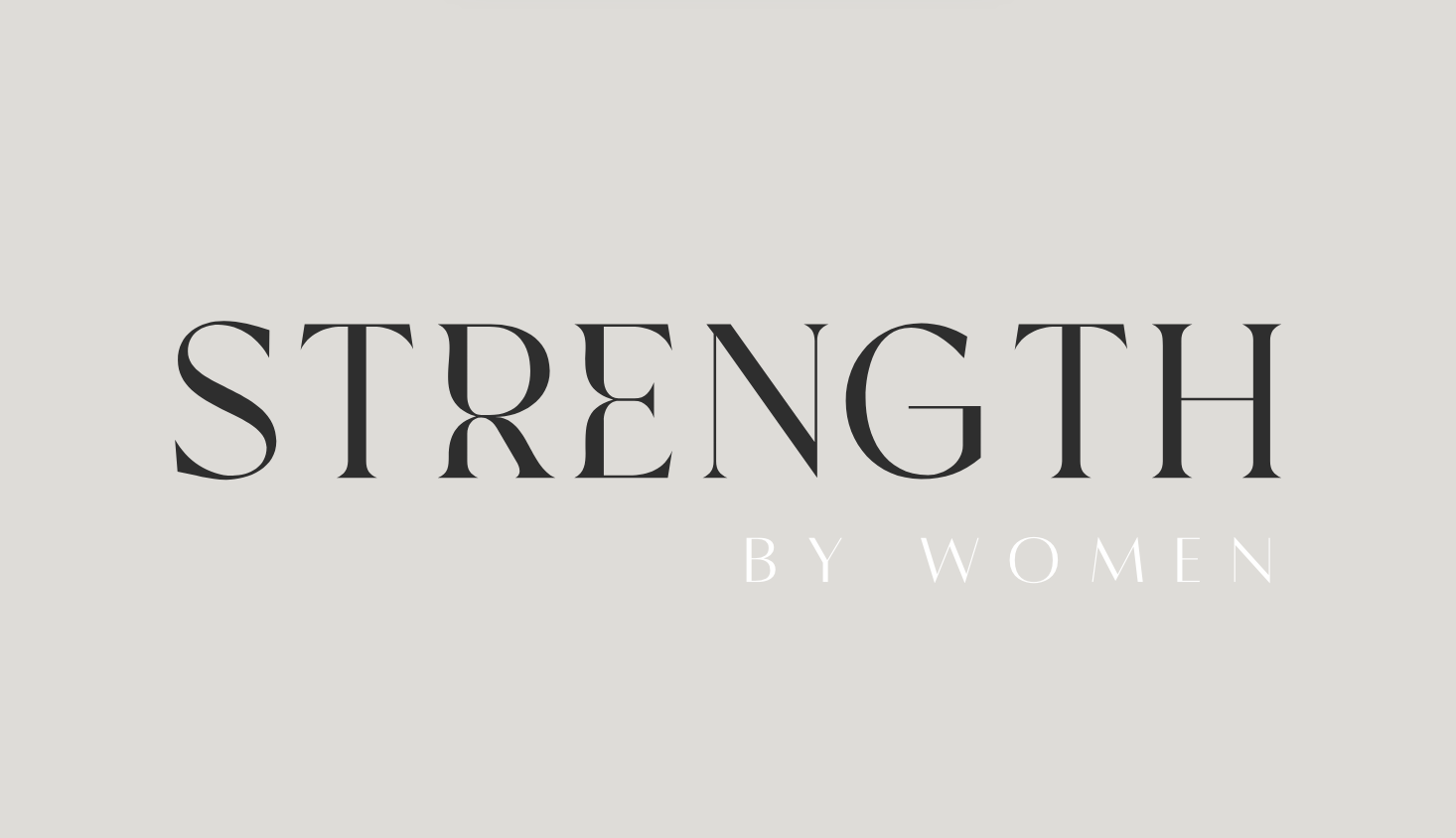Menopause Exercise Program: The Best Approach
Menopause can feel like a strange, unwelcome transformation.
You might notice your body changing, lower energy levels or a foggier mind even though your lifestyle hasn’t changed, especially your diet and exercise routine.
I hear you. Many women I work describe their experience and each are unique.
The truth is, the body is navigating a new hormonal landscape and it’s an important time to shift the focus toward your health and ways to navigate symptoms of menopause that are impacting you.
In this post, I’ll explain the changes that occur in the body and share how a polarised training approach (lots of easy work plus some very hard bursts) can build strength, protect bone and brain health.
This strategy helps you optimise exercise to mitigate the effects of estrogen decline.
It’s the shift you need, a strategy that builds you up rather than breaks you down.
What’s Happening?
Menopause (usually around age 45–55) marks the end of menstrual cycles. The natural decline in ovarian follicles lead to a big drop in ovarian hormones, namely estrogen and progesterone.
Estrogen in particular, influences many bodily functions: it helps maintain bone density, muscle mass, metabolism, and even brain function. When estrogen falls, we often see:
Bone loss – Accelerated decline in bone mineral density¹, raising osteoporosis risk.
Muscle loss – Muscle mass naturally drops ~3–8% per decade after age 30, up to 5–10% per decade after 50². Without estrogen’s support, women lose muscle even faster.
More body fat – Particularly around the mid-section, women tend to gain abdominal fat and total fat mass²³.
Metabolic shifts – Lower estrogen can slow metabolism, alter insulin sensitivity, and increase inflammation.
Brain changes – Many women report “brain fog,” memory slips, and a decline in estrogen can impact mood, sleep, and cognition⁴.
For many women, the symptoms feel like a mystery.
You might be eating the same as always and exercising regularly, yet gaining weight and feeling tired.
It’s not your imagination or lack of discipline- it’s biology.
In response, it’s tempting to double down: do more cardio and eat less.
But in menopause, this can cause more harm than good.
Undereating and overtraining leads to more muscle loss, a slower metabolism, and mood crashes.
What works instead is rebuilding- choosing exercises that build muscle, bone, and improve your mental health.
Strength Training & Why We Need to Do High Intensity
Women naturally have a higher proportion of slow-twitch (endurance) fibers, they allow for long periods of endurance like walking and slow jogs.
Whereas fast-twitch fibers produce power, they allow you to lift a heavy piece of furniture or to quickly catch yourself when you lose balance. These are the fibers that decline with age⁶.
And I’m sure you’ve heard this before: unless we use it, we lose it.
However, women’s bodies are not as responsive to exercise during menopause.
Which is why we need more exercise intensity, a bigger stimulus to:
preserve muscle and lose fat (particularly abdominal and visceral fat)
grow muscle² and bone⁵
Think sprinting, jumping, intense intervals, or lifting heavy- these types of exercise recruit those power fibers, apply multidirectional load and enough stimulus to lose fat and build muscle, strength and bone⁵.
Strength training is the strategy for rewriting your body’s narrative.
Low-moderate intensity like steady jogs and light weights just don’t provide enough of a stimulus to grow bone and muscle⁸.
Sprinkle in low-moderate intensity exercise but it shouldn’t be the main staple in your program.
The Caveat: Less Is More
This is especially needed for those of us who feel stuck in a grey zone: tired, wired, and not seeing results.
In order to hit true high intensities correctly,
you need to overall do LESS.
Let’s dive into what this looks like.
Polarized Training: How to Balance Hard and Easy
One key to success is the polarized training model:
75-80% of your training at low intensity, with 20-25% at very high intensity.
Crucially, you do very little training in the middle.
Low-intensity days let your body recover and grow.
High-intensity sessions (HIIT, sprint intervals, and heavy weight sets) give the stress needed for growth.
For example:
Workout 1: outdoor walk, keeping heart rate low
Workout 2: High intensity resistance training session
Workout 3: outdoor cycle, mobility work
Workout 4: High intensity intervals
We avoid making every workout a tough slog to avoid accumulating fatigue and inflammation.
We give the body the opportunity to properly recover.
Otherwise your body can’t access the energy or power to train at true high intensity.
The idea is to push close to your max briefly, then recover.
This kind of training REBUILDS and doesn’t burn you out.
How To Get Started
It’s important to ease into high intensity exercise.
We recommend building endurance first (that’s doing more repetitions) to learn movement pattern and perfect exercise technique.
This might start with bodyweight exercises and floor work, progress to lighter dumbbells, working up to heavier barbells over months.
As movements become more controlled and precise, slowly add load.
Sustainable progress may look like adding 2kgs or 1 extra rep each week.
It’s tempting to stack on the weights but remember to think long-term!
It’s Never Too Late
This is one of the most hopeful parts of the research: women in their 50s, 60s, even 70s can gain muscle, bone, and strength through high-intensity resistance training⁷.
You do not need to have been athletic before.
You can start at any time.
Become Stronger With Us
We understand the emotional toll menopause can take, the importance of working with your body’s cues and honouring your limits.
We want to celebrate with you, from your first bodyweight squat to your 30th deadlift.
We invite you to join our waitlist or give us a call to secure a spot for our new clinic opening in September!
We want your menopause journey to become of chapter of strength and empowerment.
Reference
Greendale, G. A., et al. (2012). Bone mineral density loss in relation to the final menstrual period in a multi-ethnic cohort: Results from the Study of Women’s Health Across the Nation (SWAN). Journal of Bone and Mineral Research, 27(1), 111–118.
Isenmann, E., Kaluza, D., Havers, T. et al. Resistance training alters body composition in middle-aged women depending on menopause - A 20-week control trial. BMC Women's Health 23, 526 (2023)
Lovejoy, J. C., Champagne, C. M., de Jonge, L., Xie, H., & Smith, S. R. (2008). Increased visceral fat and decreased energy expenditure during the menopausal transition. International Journal of Obesity, 32(6), 949–958.
Russell, J. K., Jones, C. K., & Newhouse, P. A. (2019). The role of estrogen in brain and cognitive aging. Neurotherapeutics, 16(3), 649–665.
Watson, S. L., Weeks, B. K., Weis, L. J., Harding, A. T., Horan, S. A., & Beck, B. R. (2023). High‑intensity resistance and impact training improves bone mineral density and physical function in postmenopausal women with osteopenia and osteoporosis: The LIFTMOR randomized controlled trial. Osteoporosis International, 34(1), 123–136.
Roth, S. M., Ferrell, R. E., Hurley, B. F. (2001). Sex differences in muscle fiber composition and muscle function in older adults. Journal of Gerontology: Biological Sciences, 56A(7), B350–B354.
Dam, T. V., Dalgaard, L. B., Ringgaard, S., Johansen, F. T., Bengtsen, M. B., Mose, M., Lauritsen, K. M., Ørtenblad, N., Gravholt, C. H., & Hansen, M. (2021). Transdermal estrogen therapy improves gains in skeletal muscle mass after 12 weeks of resistance training in early postmenopausal women. Frontiers in Physiology, 11, 596130.
Bemben, D. A., Fetters, N. L., Bemben, M. G., Nabavi, N., & Koh, E. T. (2000). Musculoskeletal responses to high‑ and low‑intensity resistance training in early postmenopausal women. Medicine & Science in Sports & Exercise, 32(11), 1949–1957.
Dupuit, M., Rance, M., Morel, C., Bouillon, P., Pereira, B., Bonnet, A., Maillard, F., Duclos, M., & Boisseau, N. (2020). Moderate‑Intensity Continuous Training or High‑Intensity Interval Training with or without Resistance Training for Altering Body Composition in Postmenopausal Women. Medicine & Science in Sports & Exercise, 52(3), 736–745.

